by Frankie Stein
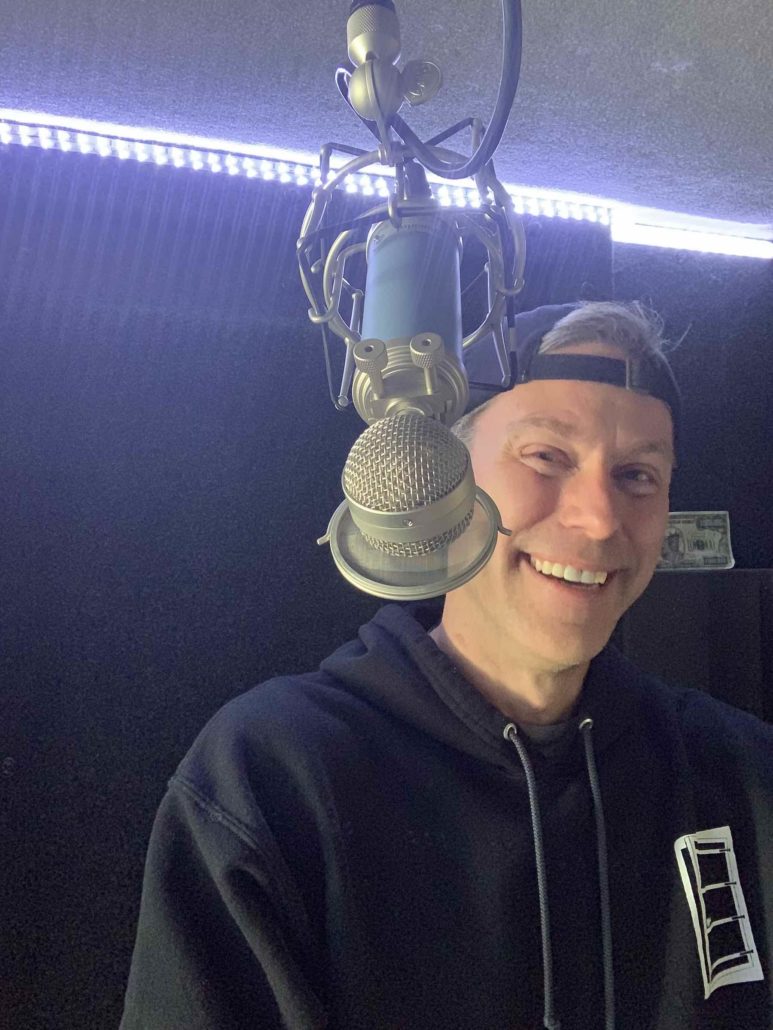
Listen up! We have interviewed the voice of Hollywood himself, Roy Samuelson. Billions have had the pleasure of hearing this well-established Hollywood voiceover artist in action, but we’re finally getting to know the man behind the voice.
Roy Samuelson is known for his video game work: Nickelodeon’s Teenage Mutant Ninja Turtles as Raphael, XCOM: Enemy Unknown and Final Fantasy: Lightning Returns. He’s provided his soulful voice to a variety of films and television projects (American Horror Story, Librarians), while also voicing commercials.
Not only does Roy do voiceovers, but he also works in audio description, making visual media accessible for all. This service is for the visually impaired and additionally for fans who want to listen to their favorite movies or show, much like an audiobook. Roy has so far recorded narration for over 250 network television episodes and over 100 films.
Without further ado, let’s get on with the interview!
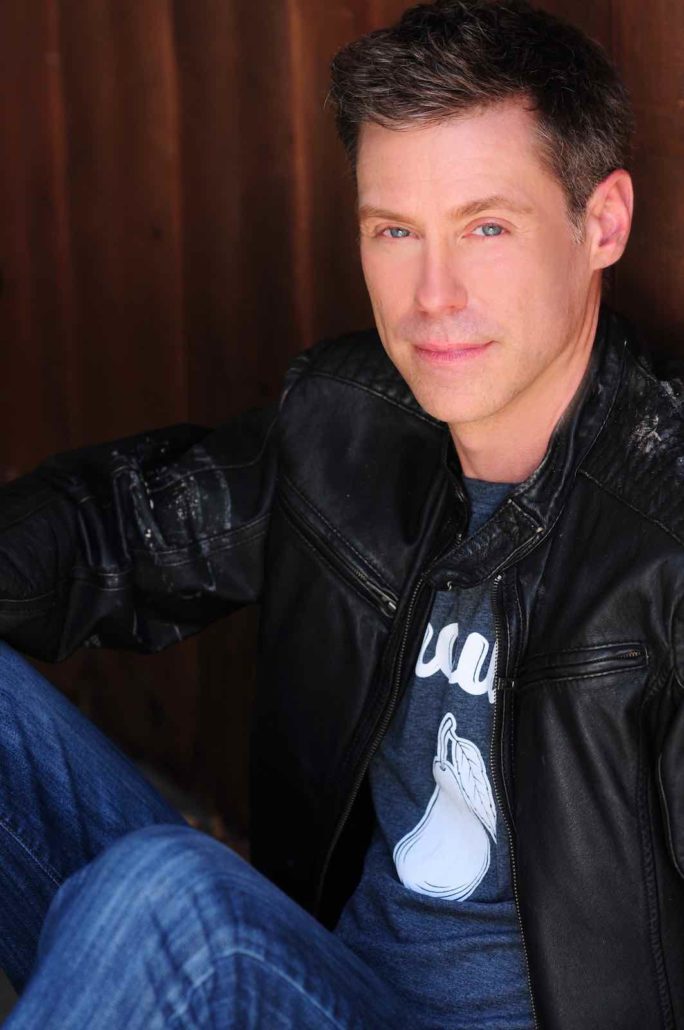
Tell us about your history as a voiceover artist. How did you start your journey?
I worked as a host and as a gangster that got blown up every 7 minutes. This was at The Great Movie Ride at the Disney Studios theme park in Orlando, Florida.
I memorized a script, and talked on mic as the moving theater of about 60 guests went through scenes of movies with audio animatronics: Gene Kelly Singin’ in the Rain, the Witch from the Wizard of Oz, and Indiana Jones. It was live audio description in a sense, narrating what was happening in between music, dialogue, visual, and other cues.
Who were your early influences?
I spent a lot of time with a tape recorder, and loved listening to radio announcers and watching The Muppets. I remember visiting a local radio station and feeling awed at how cool the mic is. By angling it diagonally and away from the mouth, you can remove the pop sound from “P” words.
What’s the most memorable project you’ve worked on? What did you learn from it?
I have worked on audio description for almost 100 episodes of NCIS for CBS; I like the characters and the way they tell the story. It’s got some familiar parts to it, and always some surprises and twists. With that repetition, I continue to learn how to connect with the story on that show, because of those two elements: the familiarity and the twists and surprises, and find the best way to deliver my part of the narration in a way that works best.
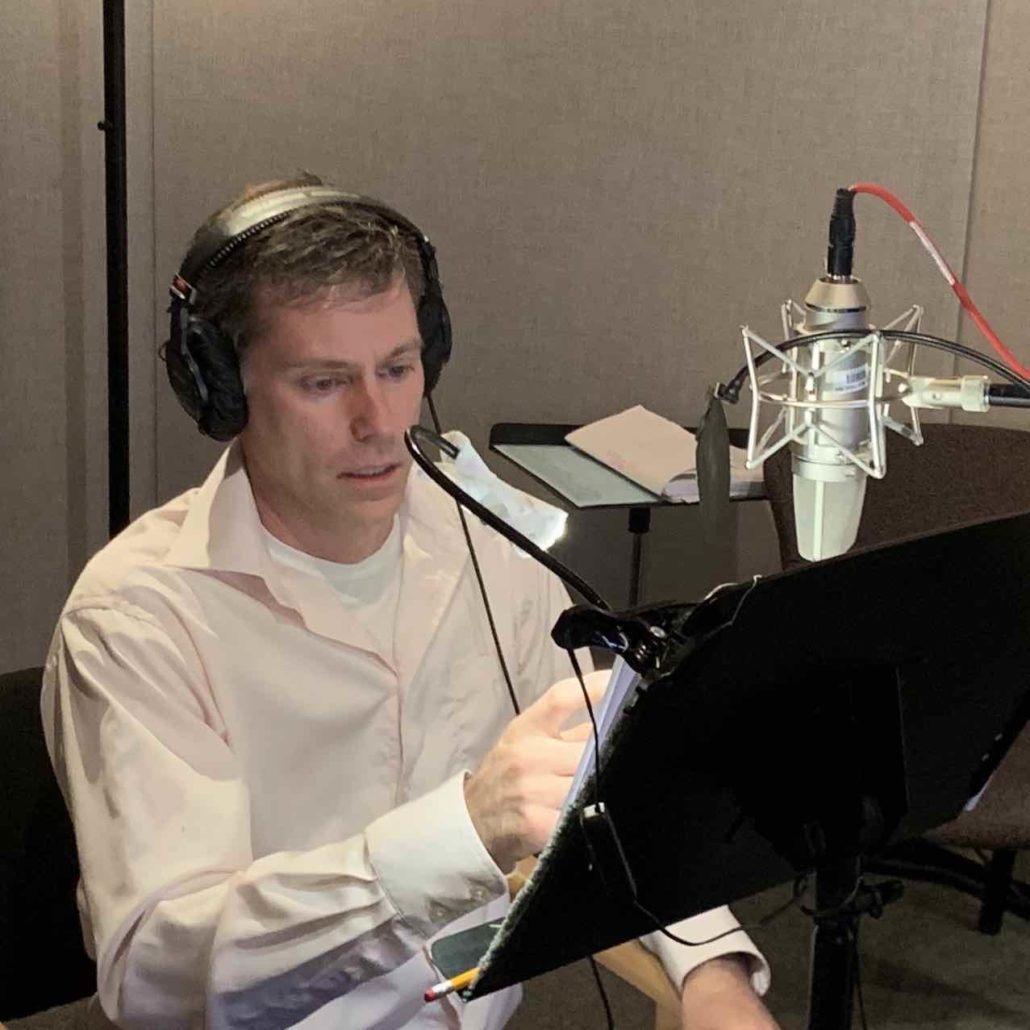
Tell us about your career before voiceover.
I was in a touring production of social issue dramas that were performed in schools across the Eastern United States. We performed up to 7 shows 10 times a week. That kind of practice, performance, and engagement with the audience gave me a ton of different ways to engage with audiences.
During my first performance, I found out that talking down to kids doesn’t work, so finding ways that do work with communicating to the audience is still incredibly satisfying.
Tell us about your creative process.
I believe that ongoing coaching is essential to my creative process, so I study with as many voiceover, and other coaches. During auditions, I experiment by trying new ideas that are within the parameters of what is being asked. In sessions, I listen to the intent of what we are working for, director, producer, engineer, and executives, and bring myself to those intentions.
I love to deliver what’s asked and give some shades on top of that. Sometimes those risks pay off.
What tips do you have for newcomers to the industry?
Reach out to professionals, explore forums, and learn from their experiences, and not limit training only on the craft, but the business – the way they network with others, and how their day to day life works. The people who share their experiences from a solutions place, is important – how do they solve problems? These are the ones to follow.
When I started, I had many assumptions I made that seemed right, and I found that those assumptions I made were wrong sometimes, and I could have avoided a lot of time and energy wasted. Learning from others is a fast track and a gift.
What’s your next project?
I am very excited about working on a few characters in a video game, a satisfying role on a re-enactment podcast, and a few audio description series, and can’t wait to share them when I can!
Have you worked with mentors in the past? How would you recommend people go about finding them?
Funny you should ask! This is such an important element of my career. Social media can give you access to what a potential mentor shares in their day-to-day life. Ask others if they know someone who could mentor you, having a referral like that can be best for both the mentor and you!

What’s your creative mission? Name the most important thing you want viewers to experience when hearing your voiceover?
I think the most important thing I want viewers to experience when hearing my voiceover is the story. I hope they feel fully immersed. If I am playing a character, or reading a narration, it’s so important that I don’t stick out. While people are enjoying a show, I don’t want them to think “Roy is doing such a great job”, but rather “This story is so cool and that character did that! Can you believe it?”
While watching a show, I hope people can dive in and immerse themselves into the story. That’s a really important part of the work I like to do, and I’m always finding new ways to do that.
Will you be working on episodic television VOs anytime soon?
I am voicing audio description on the final season of Criminal Minds on CBS, NCIS, and a few others I will be able to share shortly.
What filmmakers that you’ve worked with should be on our radar?
Ebersole Hughes company has some great documentaries; if it’s a study of The Shining, or Cher and her mom, or the drummer of Hole, or Jayne Mansfield’s rumored curse with the head of the Church of Satan, or the upcoming House of Cardin, there are some unique and brilliantly told stories to explore.
Who is your voiceover inspiration? What did you learn from them?
Bob Bergen has a career as the voice of Porky Pig among many many other notable roles. Additionally, he has a smart and thoughtful approach to the career of voiceover. His website, classes, and social media presence are a primer for beginners and pros alike. I’ve learned about professionalism, excellence, quality, and practicality with every interaction with him.
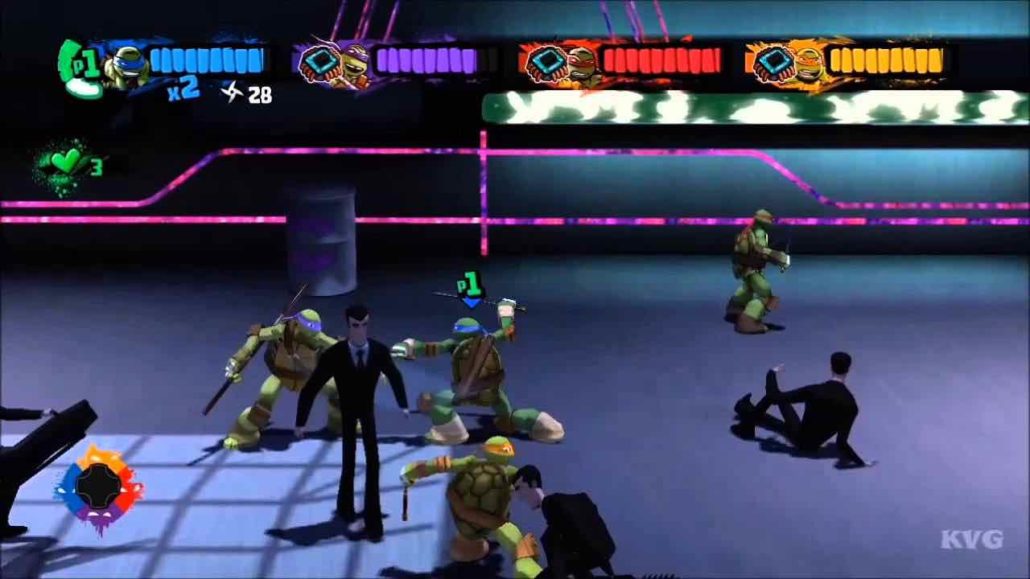
Tell us about audio description. What is it and how did you get into it?
Audio description is a way for blind people to watch movies and TV shows. They use a special headset in the movie theaters or turn on a special audio track on their screen to hear a voice narrating what’s happening on screen.
You can think of audio description like listening to a sports game on the radio, giving you the play-by-play of what’s happening visually. It’s a way to include patrons in the conversation to experience a movie or TV show like sighted people do.
I got into audio description by recording a few short films and TV shows. I studied the nuance of the emotional delivery, and I like to find that sweet spot where it’s not too much and not too little.
The balance is so important to me! The more I work on that, the more I want to do more. And as with most voiceover work, different kinds of voiceover can help inform better ways of doing other kinds of voiceover. It’s all one big Venn diagram, and I love exploring those overlaps and those distinctions.
Tell us about the largest AD projects you’ve worked on and how you learned from them.
I’ve worked on Jurassic World: Fallen Kingdom, Hobbs & Shaw, Glass, Jordan Peele’s Us and Get Out, Spider-Man: Far From Home, and series like Lethal Weapon, Criminal Minds, the latest season of Bosch, and NCIS.
One of the things I’ve learned from doing these projects is what I call the dance. I read the audio description scripts while watching and hearing the movie at the same time. It’s an exceptional amount of information, and it’s important for me to go along with the emotional tone of the scene I’m in, but not too much nor too little. All these things together are invigorating!
I find that within the script, as long as I’m following the cues, I can best be a part of the story by letting go and getting into the flow. It’s a constant adjustment.
One example I think of is that a pilot flying from LA to New York is constantly adjusting settings because of turbulence or wind or whatever else comes up – so when these environmental interruptions happen, if the pilot remains rigid, she’s going to not land where she wants to.
The pilot has to stay on track by changing tack constantly. To me, that analogy is flow. I find that trusting that flow is a lesson I love learning every time I’m in the booth.
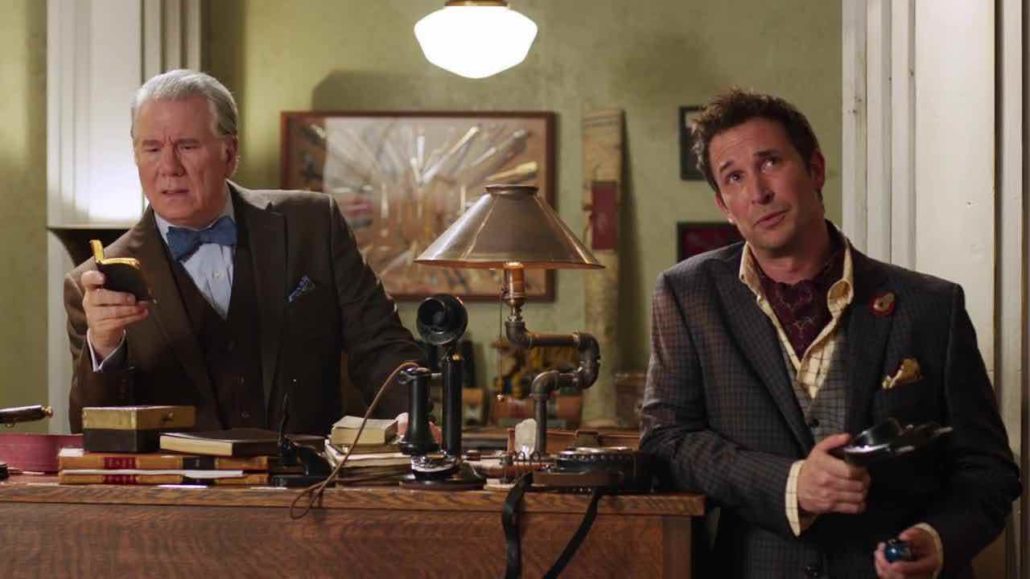
How does audio description help people with limited vision?
Audio description provides access to movies and TV shows. It’s not only about knowing the story, but also being a part of the conversation of TV shows and movies. It’s a way to experience the story like sighted people do.
Have you heard any feedback about your descriptions from visually impaired people? What sort of things do they tell you?
I’ve heard that the evolution of questions has grown from “Does it have audio description or not?” to “I like this narrator, because . . .”. That distinction between having it or not is so important, and now we are in a time during which the nuance of the performance is coming out.
Just like audiobook narrators can be either hard to hear, or easy to hear, audio description narrators can bring out different experiences to different people. I’m not going to be everyone’s favorite narrator, and that’s a good thing – I want to encourage that kind of preference. Where does that preference come from in an otherwise high-quality read performed with excellence?
The bottom line is whether during a movie or TV show the audience can enjoy the story and be immersed in it, or are they paying attention to the narrator? If they are paying attention to the narrator, it’s probably not serving the story. There’s a way to serve the story without being condescending, like reading to a child. Blind audiences deserve the respect that sighted audiences have when watching a movie.
Feedback is not just about the narrator; the writing (describing) makes a difference, and the engineering of the mix of the sound, and how that experience and that quality and excellence is important. And of course the audio description has to pass through, from cinema to streaming services. There are a lot of people involved behind the scenes!

How has a career in audio description affected the way you watch movies?
I’m more conscious of visual elements of the movie, and finding the best way to share those elements. The describers (the writers of audio description) have an artistic job like none other. Let’s do some quick math for #AudioDescription describers (the writers).
A picture is worth a thousand words, and one second of film is 24 frames per second; that’s over 24,000 available words per second. By that math, an average movie is just under 130 million words. A describer, the writer of #AudioDescription, has to choose which elements within those almost 130 million words are part of the producer’s intent.
From those nearly 130 million words, that writer must find a way to condense the best phrase to describe what’s happening visually. Oh, and also fit those words between dialogue in a way that a sighted person experiences it.
This is a professional service provided by describers! And being able to see these perspectives of audio description expand my perspective. I watch movies with a respect for these audio description roles, and so much more.
What’s a great experience you’ve had in your career that you’d like to share with us?
I’m enjoying connecting with blind and low-vision audiences on social media, and so many ideas are flowing. I love to focus on the win-win-win for all parties involved. As people become aware of this work, I get more passionate about how it is coming together for the benefit of all. That makes for smooth sailing.
Original Publishing: Meet The Voice of Hollywood: Roy Samuelson
